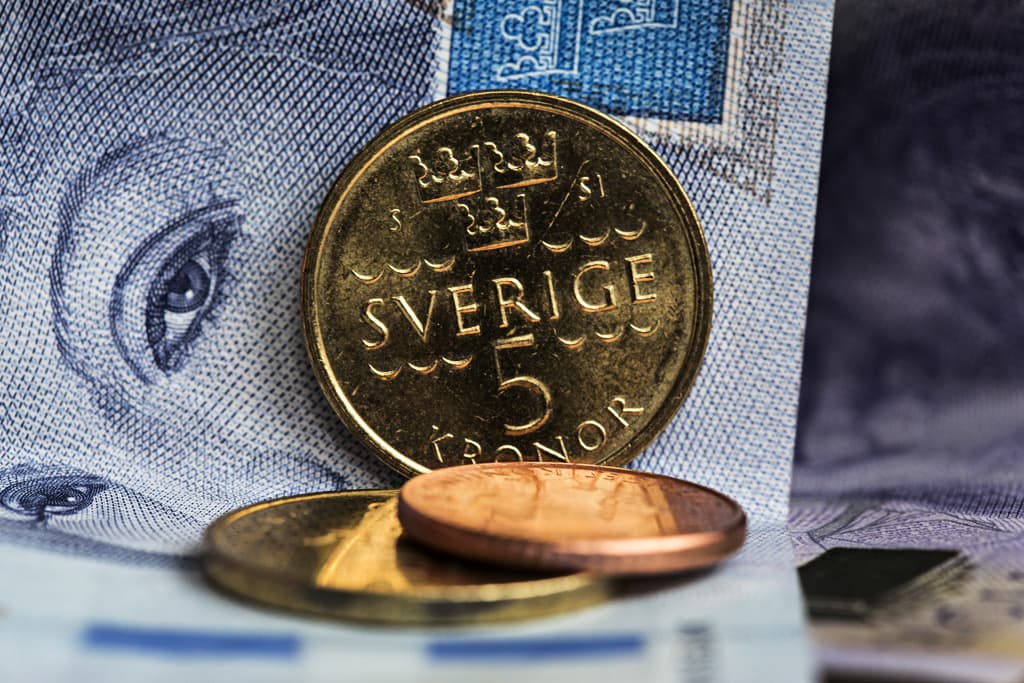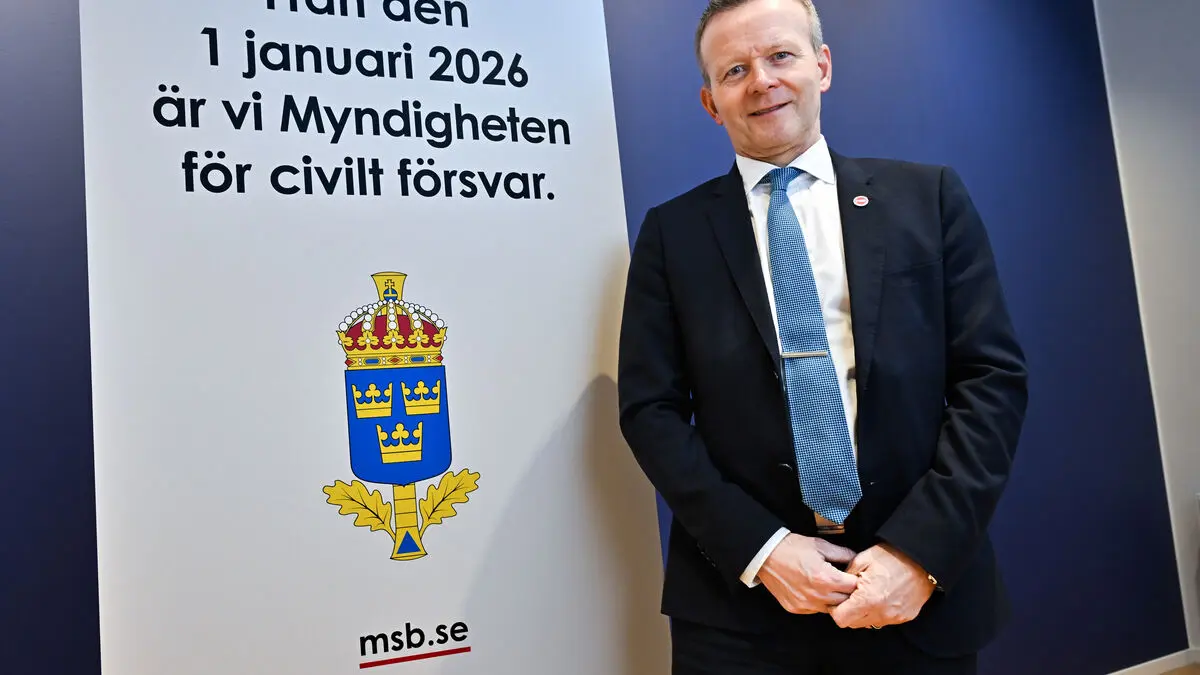One week ago, the dollar cost around 10.70 Swedish kronor. Since then, the krona has steadily strengthened.
On Monday afternoon, when the world's stock exchanges were in turmoil, the dollar cost around 10.50 kronor. After that, the krona has continued to strengthen slightly. One dollar costs 10.47 kronor at lunchtime on Thursday.
The Japanese central bank's lowering of the interest rate led to large movements in the US dollar. They sold dollars against everything, which benefited the krona and other currencies with relatively low interest rates, says Stefan Mellin, chief analyst at Danske Bank.
The same trend can be seen when it comes to the euro. One week ago, one euro cost around 11.55 kronor. By Thursday morning, it was down to 11.45 kronor.
The market has priced in a rate cut
The latest strengthening, however, comes from a weaker period in July where the krona weakened against both the dollar and the euro.
This was partly due to our lower inflation, but also because the Swedish Central Bank had a clearly softer tone regarding future interest rate cuts than the ECB had, says Stefan Mellin.
Does this mean we can expect the krona to fall again if we get an interest rate cut in August?
Not necessarily. The market has already priced in a rate cut from the Swedish Central Bank. If a 50-point cut were to happen instead of 25, it might have some effect, but much depends on the signals they give in their communication ahead of the decision.
No optimal exchange rate
What is then an optimal exchange rate for the krona? It depends on who you ask. Swedish export companies benefit from a weak krona, while summer vacationing Swedes probably dream of going back to ten years ago when one euro cost around 9.20 kronor.
Over the past ten years, we have had an expansive monetary policy that was clearly more extreme than other central banks, even with negative interest rates. But it benefited, for example, mortgage borrowers.
In the slightly longer term, however, Stefan Mellin and Danske Bank predict that the krona will weaken.
We expect it to be back at 11.70 against the euro in six months, partly because the Swedish Central Bank will likely move faster with interest rate cuts than the ECB. But if the stock market turns upwards soon, the krona can absolutely strengthen by another 20 öre against the euro.





